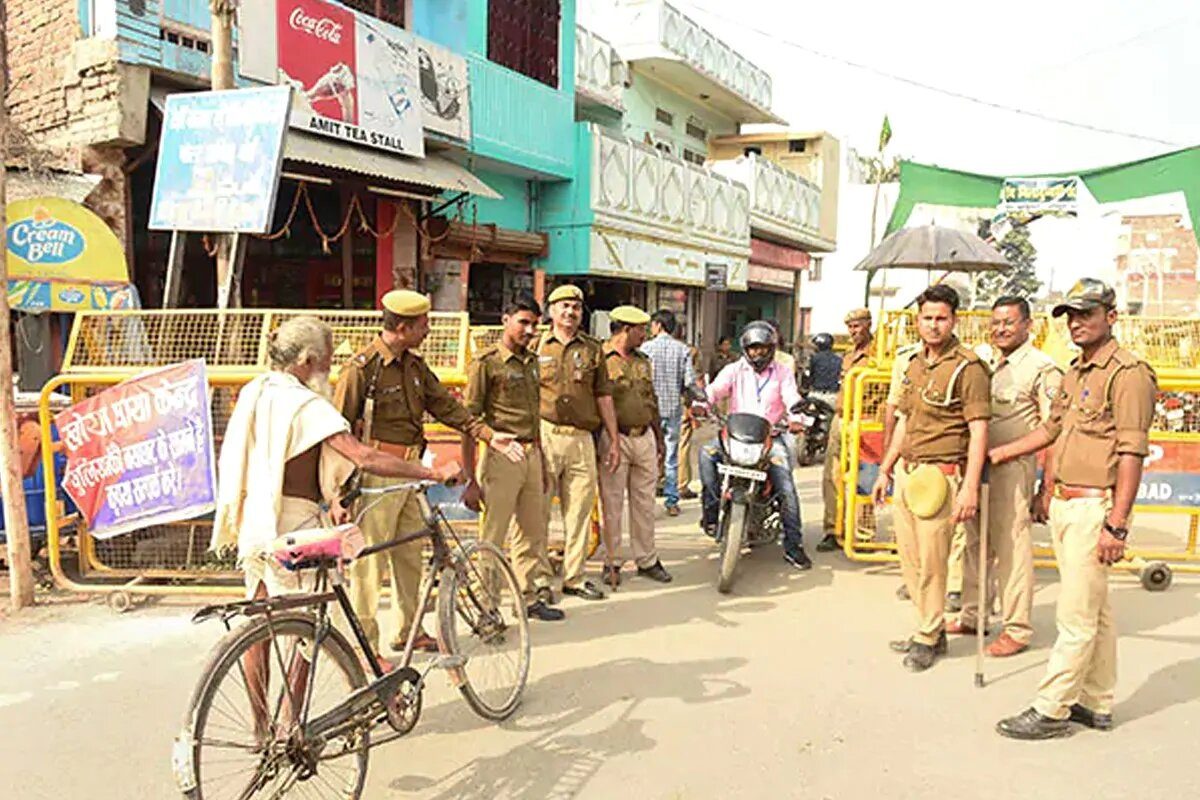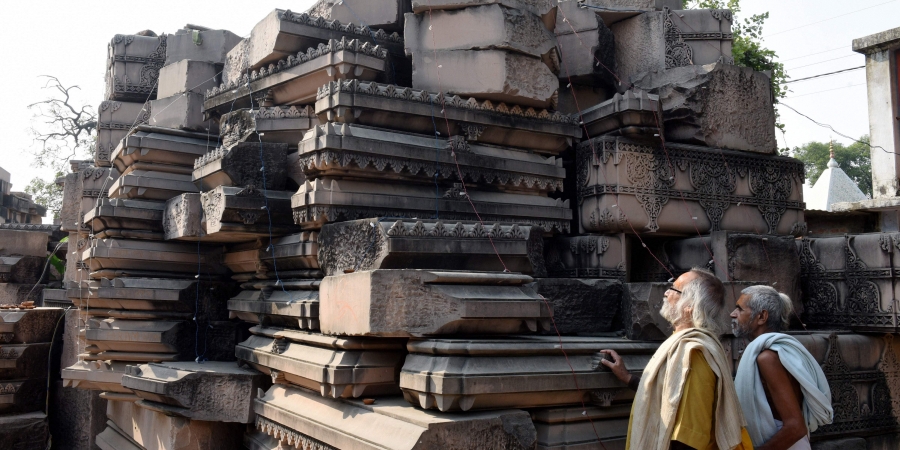Source – hindustantimes.com
Prime Minister Narendra Modi addressed two election rallies in poll-bound Jharkhand on Tuesday – one in Khunti and the other in Jamshedpur.
The five-phase elections to the 81-member Jharkhand Assembly began on November 30 and will end on December 20. Counting of votes will take place on December 23.
Here are the highlights from his rally:
– Says the next five years are very important for the state and asks people to vote for the BJP.
– Talks about his government enacting law for reservation to economically weaker sections.
– PM Modi talks about the law on triple talaq, says BJP has worked to safeguard the rights of Muslim women.
– On the Ayodhya issue, PM Modi says there was conspiracy to delay the issue and the Congress used it for its vote bank. Adds, that such a big issue has been resolved peacefully and everyone has welcomed it.
– Talking about abrogating Article 370, PM Modi said, people of the country elected Modi to take hard decisions. Says, he only thinks about the country and that is why article 370, which had been in existence for decades, was revoked and the whole nation supported it.
– When it comes to taking hard decisions, only the BJP government could do it, says PM Modi. Says only the BJP can solve the problems of Jharkhand.
— PM Modi says BJP government is the first to think about people in the unorganised sector.
— PM blames previous governments for not making efforts to promote the production of tussar silk in the state. BJP government is moving forward with a vision to make Jharkhand a hub of tussar silk production.
– When there is BJP government in both Centre and state, the pace of development becomes faster: PM Modi.
– PM Modi talks about various government schemes launched by the BJP for the benefit of people.
– PM Modi says Jharkhand CM’s chair was up for sale during Congress-JMM rule.
– BJP gave stability to the state, says the PM. Adds, BJP’s double engine has worked for the benefit of Jharkhand.
– Says till five years ago, Jharkhand used to be in news for political instability. In just 15 years, the state saw 10 chief ministers. He blames Congress and JMM’s ‘selfishness’ for the instability.
– PM Modi asks people to remember the situation that existed five years ago, says there were only stories of corruption when the Congress-JMM alliance was in power. Adds, sveral of their leaders are still under trial.
– Ayushman Bharat scheme, world’s biggest health scheme, was launched in Jharkhand, says the PM.
– Jamshedpur is land of labour, land of enterprise; this land has fulfilled dreams of millions, enhanced India’s reputation in world: PM Modi at poll rally.
– I salute the spirit of the city and the founder of the city Jamshedji Nusarwan Tata: PM Modi.
– PM Modi says he is grateful for the presence of people in such large numbers. Says the numbers show that the BJP will get majority in the polls.
– PM Modi begins his address.
– PM Modi will shortly address an election rally in Jamshedpur. State chief minister Raghubar Das is the BJP candidate from Jamshedpur East assembly constituency.
– PM Modi appeals to the people to vote in large numbers to ‘reveal the lies of Congress and JMM’. Says, the election is for the development of Jharkhand. Asks people to remember the Lotus symbol.
– PM Modi warn people to be beware of Congress, says Congress has eyes on Jharkhand’s mineral wealth and want to loot it.
– BJP has made many efforts to promote tourism in the state and people from India and abroad come here to visit.
– Our government created the district mineral fund which stipulates that a certain percentage of revenue has to be spent in the district itself.
– Now that Jharkhand has turned 19, the next five years are very important for the state. Don’t miss the opportunity. I am always ready for you, just need your cooperation.
– The BJP government is giving special attention to tribal areas. It was the Atal Bihari Vajpayee government which created a separate Jharkhand state and created a separate ministry of tribal affairs.
– PM Modi says JMM-Congress alliance’s politics is that of deception, while BJP’s is of service.
– Lord Ram left Ayodhya as prince but returned as ‘Maryada Purushottam’ as he spent time with Adivasis: PM Modi at poll rally.
– The issue of Ayodhya which the Congress and others kept on dragging for long has been peacefully resolved.
— Says in states ruled by the Congress, the governments have not been able to fulfil any of its promises and thus, people have been forced to take to roads.
– The double engine of BJP in Centre and state is working to make lives of farmers and tribals easier. There is direct transfer in the bank accounts of farmers.
– The BJP government in Jharkhand has broken the back of naxalism: PM Narendra Modi tells poll rally.
– People of Jharkhand have faith in BJP that it alone can ensure state’s development:
– Today in Jharkhand, there is solar power being generated; says Khunti has been joined with Paradip with an oil pipeline.

